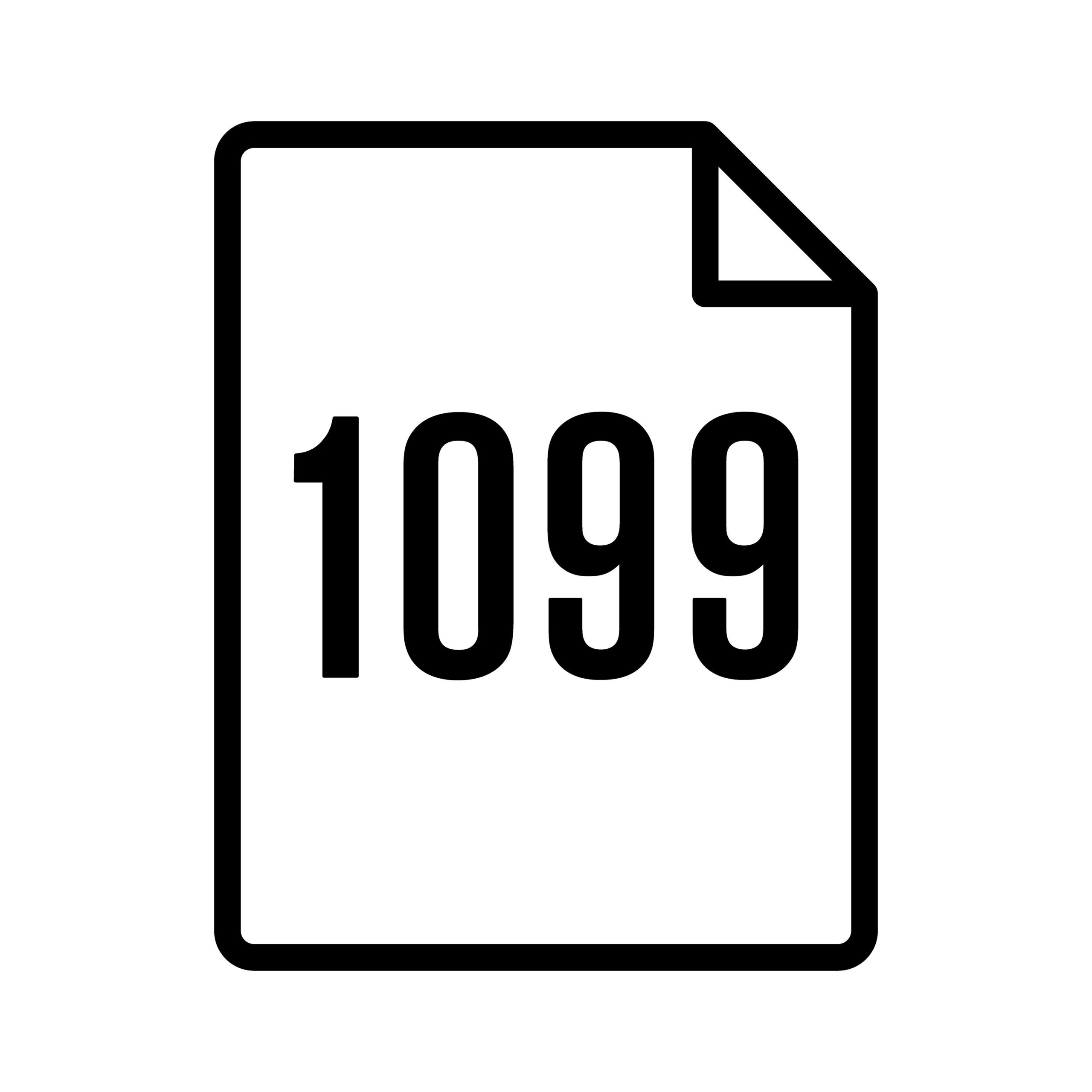The 1099-DA is a new tax form that digital asset brokers—primarily centralized exchanges like Coinbase and Kraken—are now required to send to you and the IRS. Its purpose is to create a standardized way to report digital asset transactions, similar to how a 1099-B works for stocks.
What Will Be on the Form (and What Won’t)?
For the 2025 tax year, the form will primarily report your gross proceeds from sales and exchanges. This is the total amount you received from a transaction. However, the crucial piece of information that will likely be missing is your cost basis—the original price you paid for the asset.
Why is the Missing Cost Basis a Big Deal?
You are legally responsible for calculating and reporting your own cost basis. If you don’t, the IRS will assume your cost basis is zero. This means your entire gross proceeds will be treated as a taxable gain, which could lead to you significantly overpaying your taxes.
What Do I Need to Do?
- Keep Meticulous Records: Don’t rely solely on the 1099-DA. You must have your own records of every transaction—including those on decentralized exchanges or in private wallets—to accurately calculate your cost basis.
- Use Tax Software: Crypto tax software is now more essential than ever. These tools can help you track transactions across multiple platforms, calculate your cost basis, and generate the necessary reports (like Form 8949) for your tax return.
- Consult a Professional: Navigating these new rules can be complex. Working with a tax professional who understands digital asset reporting can help you ensure compliance and avoid costly mistakes.
1099-DA vs. 1099-B: Key Differences
While the 1099-DA is similar in purpose to the familiar 1099-B used for stocks and bonds, there are important distinctions to be aware of:
- Asset Type: The most significant difference is the asset type they cover. The 1099-B is for traditional securities and commodities, while the 1099-DA is specifically for digital assets, including cryptocurrencies and NFTs.
- Cost Basis Reporting: For the 2025 tax year, the 1099-B has a more established system for reporting cost basis on “covered securities” (assets purchased on that specific platform). The 1099-DA, however, will generally not include cost basis information, placing the full responsibility of this calculation on you. This is a critical point that makes the 1099-DA for 2025 a very different document.
- Information Detail: The 1099-DA is designed to capture details unique to digital assets. It may include information such as wallet addresses and transaction IDs to help the IRS track on-chain activity.
Contact us today at PSACPA for a consultation to discuss how we can help you navigate the new 1099-DA and stay compliant.
Call at (301)-879-0600 or email contact@psacpa.com


0 Comments